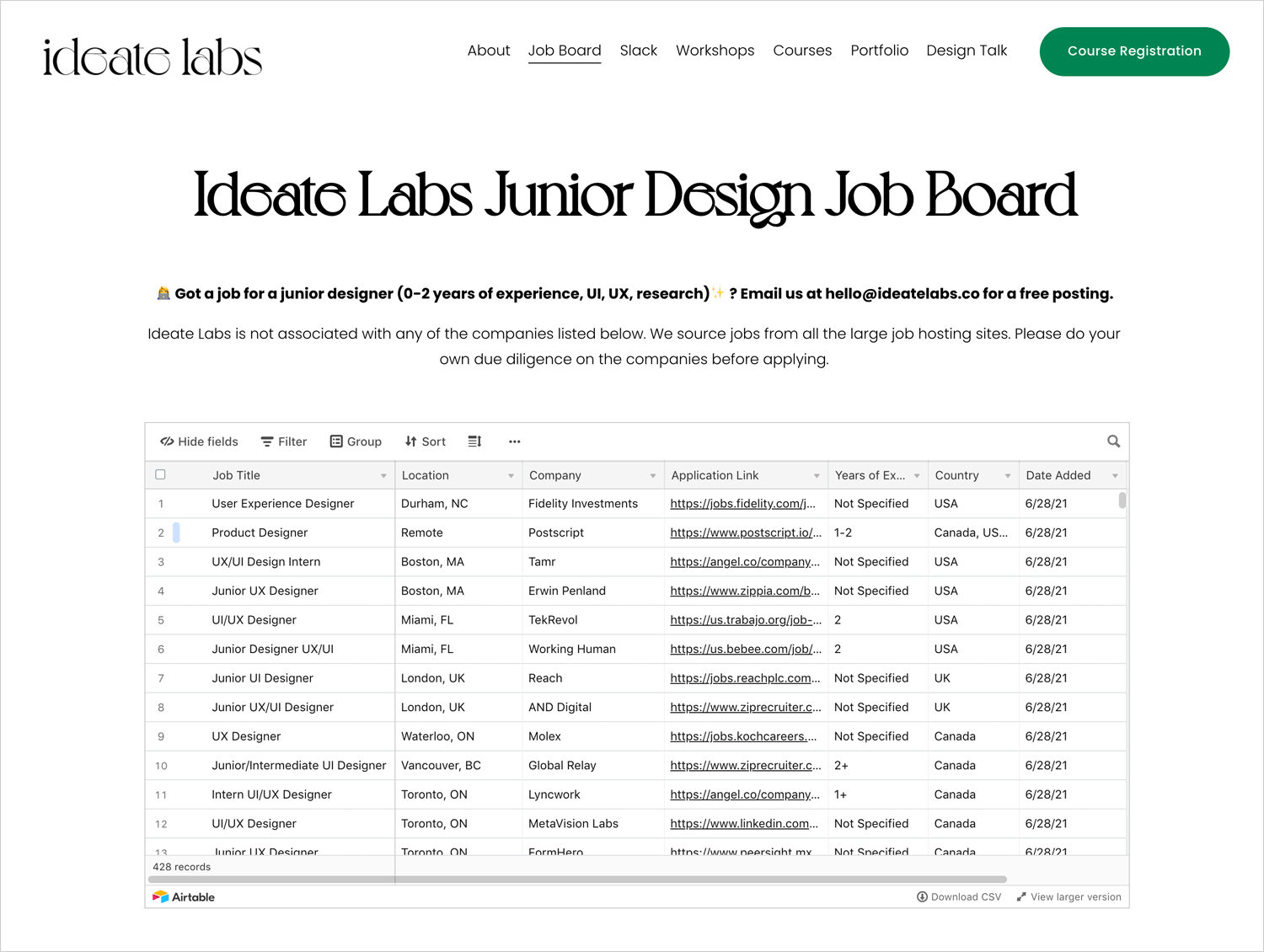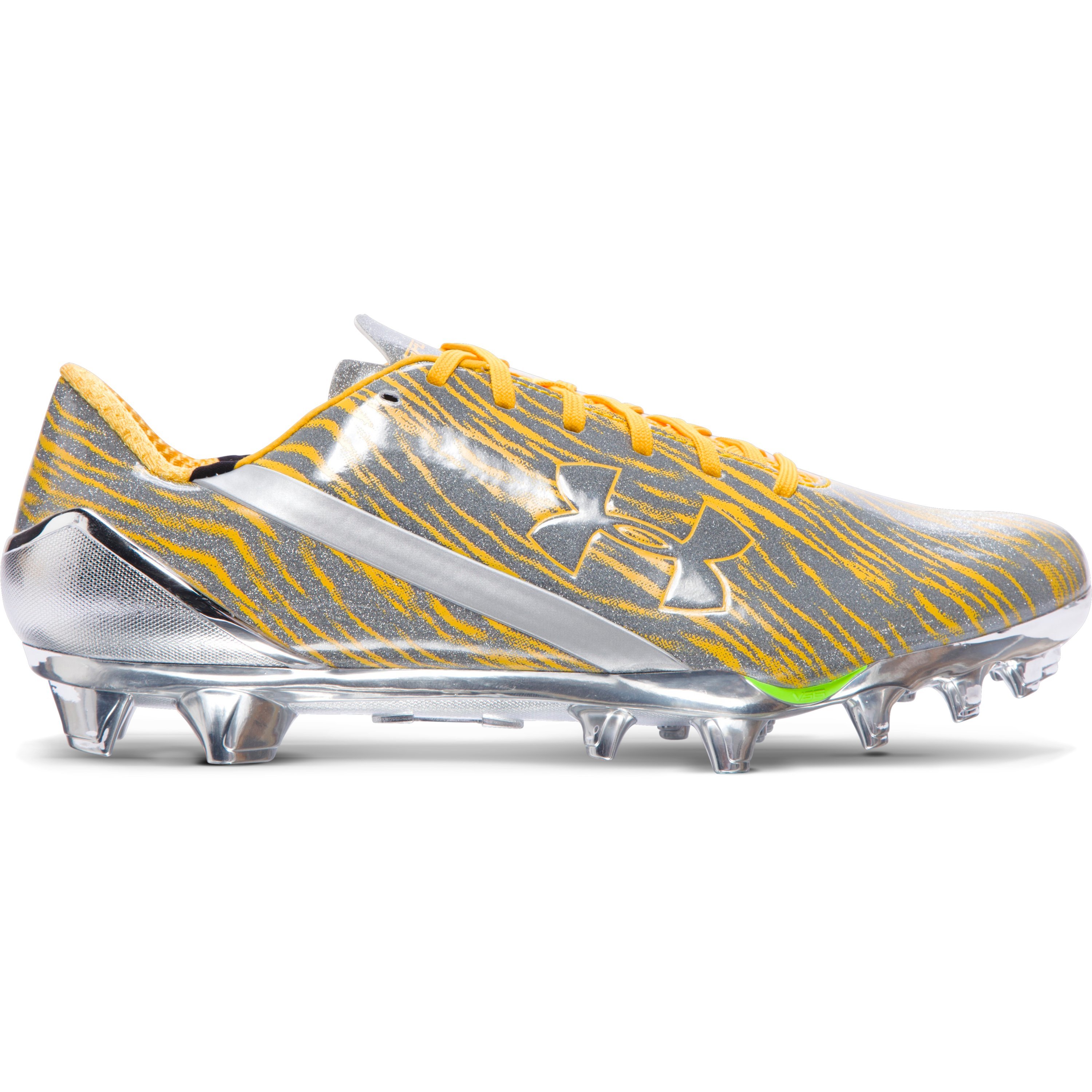Table Of Content

For example, a father of the style, Ernst Keller, argued that a design solution should always be respectful of its content. While Swiss Design has evolved to establish many of the methods and rules that are still relevant in design today, its origin goes way back. The International Typographic Style was a reaction to the Arts and Crafts movement in the UK, the German Jugendstil, and the French Art Nouveau. According to a statement from Swiss Air, the aircraft had already reached a speed slightly above the maximum for taxiing when the pilot decided to brake suddenly. The airline said the timely action ensured that a potential disaster was averted. "Bomiso, an innovative alternative healing centre located in the heart of Berlin, harmoniously merges design with emotional resonance.

Barn-like house
Formafantasma also debuted a new series of utilitarian but delicate lights for Flos made from LED strips enclosed in thick glass panels. Led by one of the guiding principles of the FREITAG manifesto, we prefer access over ownership, this project focuses on having access to products versus owning and maintaining them. This model makes perfect sense with travel bags, and FREITAG is continually experimenting with different loan offers. This project also addresses broader issues of our consumption habits and concentrates on solutions that contribute towards a more virtuous circular economy.
A New Furniture Line From Dimorestudio
Conceived within a cabinet of wonders that plays with the perception of space, this exhibition showcases a diverse collection of objects alluding to such emotions that lay the foundation for many art and design projects undertaken. The work has been created by Bachelor and Master students who address questions of technology, culture, and sustainability, with the installation inviting visitors to engage in thought-provoking narratives. An outdoor seating solution designed for the terrace of Théâtre Vidy-Lausanne, the Vidy Chair is composed of a canvas seat and a tubular galvanized steel frame. The terrace, which overlooks Lake Léman and the Alps, is a place where one can sit and absorb the breathtaking vista, all from the comfort of the Vidy Chair.
Animated posters bring iconic Swiss design to life - Creative Bloq
Animated posters bring iconic Swiss design to life.
Posted: Fri, 08 Jan 2016 08:00:00 GMT [source]
First half of the 20th century: Ernst Keller and the education system
From art to architecture, the Swiss Style permeates almost every aspect of contemporary design. It’s on posters, street signs, our favorite apps and websites, and even some of the buildings we live and work in. The Metropolitan Transit Authority uses a Helvetica typeface and the Swiss Style grid system on all of its signage. It’s evolved by embracing technology, yet grid systems and typographic precision remain at its core. You’ll see its influence in today’s UX/UI, where simplicity and user-friendliness reign supreme. Let’s tip our hats to the masters—Josef Müller-Brockmann and Armin Hofmann.
Mono-material metal furniture
It was also established that design should be as invisible as possible and the designer's subjectivity should be pushed aside in order to create graphic work that would shine on its own. Swiss Design eventually became the International Typographic Style as it expanded around the world in the 1950s. If you’re a designer in the 21st century, chances are you’ve studied the International Typographic Style (more commonly known as ‘Swiss Style’). Let’s take a moment to honor some of modern design’s most influential principles, typefaces and artists who started this central-European trend. The brand’s name pays homage to the cult Italian designer Carla Venosta, who created modernist furniture and interiors in the 1970s and ’80s.
The event that jump-started the International Typographic Style history was the creation of Akzidenz Grotesk by Berthold Type Foundry in 1896, with the aim of creating an objective design style. Swiss Style has made its way around the world and continues to inspire artists and designers every day. Just ask Cyrus Highsmith who tried to spend a day without Helvetica in New York City, only to realize that it was nearly impossible.
The World of Charles and Ray Eames
While Keller’s work has a different flavor than what would come later, his preferences for striking graphics, irregular layouts and sans serif typefaces were all clearly influential. A recognizable feature of the Swiss style was the use of simple fonts – that is, sans-serif fonts. Simple fonts were used as a minimalist component and formed an alternative to the old serifs antiqua common in 19th-century printing. Simple fonts made it possible to create a new style that was considered not only practical, but also modern.
Sanicola and Monique Wood installed Caesarstone countertops fabricated by Carlito’s Way Stone to create a functional space for outdoor entertaining. The event draws more than 25,000 guests each year and offers several dining spaces, including Roe Japanese Fusion, the Tudor Rose Bistro, and Wattle & Daub Tavern. The Shops at the Showcase offer an array of merchants, from handmade jewelry to artisanal chocolates, and are also home to the Shops’s Wine & Cheese Bar. As the Pasadena Showcase House of Design enters its 59th year, it’s returning to a familiar setting. The Potter Daniels Manor, the English Tudor Revival–style residence that hosted the 1975 and 1996 showcase houses, has been reimagined with 30 new interior and exterior spaces for the 2024 edition, which is now open until May 19. Nature fills us with joy, and this project intends to allow this concept to propagate within urban environments.
As pioneers, they set this style’s clean lines and visual communication standards. Their influence extends far beyond Switzerland, echoing through design studios and schools the world over. Designed by Adrian Frutiger in 1954 and ultimately released in 1957, Univers is a sans-serif typeface that served to update the almost 50 year old Akzidenz Grotesk. What made Univers such an important milestone is that it was the first megafamily typeface. Rather than coming in the usual three fonts—regular, italic and bold—it came in no fewer than 21 different weights, each labeled by a different number.
Their work is like the DNA of what we see in modern graphics and typography. They’re crucibles where design met educational reforms—molding minds to shape form with function. In a nutshell, Swiss Design was a movement that took hold in the 1950s in two Swiss art schools, the kunstgewerbeschule in Zurich, led by Josef Müller-Brockmann, and the Allgemeine Gewerbeschule in Basel, led by Armin Hofmann. Both of these instructors had studied with the great Ernst Keller in Zurich before World War II.
Sir Terence Conran has had more impact than any other designer of his generation on everyday life in Britain. Detail of DCW Side Chair, designed by Charles and Ray Eames in 1946, Design Museum. The primary influential works of Swiss Designers were typically posters, which were seen at the time as the most effective means of communication. Swiss Design got its start in post World War II Switzerland, though historians prefer the name International Style of Design. It was hardly limited to Switzerland and even found some of it’s greatest success in the development of logos and visual branding for U.S. corporations.
It could also be used to represent calendars (days and assignments), articles summaries (titles and descriptions) and much more. The influence of Swiss Design Style can be found right on the Big Human website and the products we’ve incubated in-house (it really is our favorite). We also see it in advertisements, like this 1960s Volkswagen campaign; famous albums, like Joni Mitchell’s “Blue”; and some of our favorite books, like “Brave New World” by Aldous Huxley. Design Your Way is the place to find the best source of inspiration for your various design projects.














